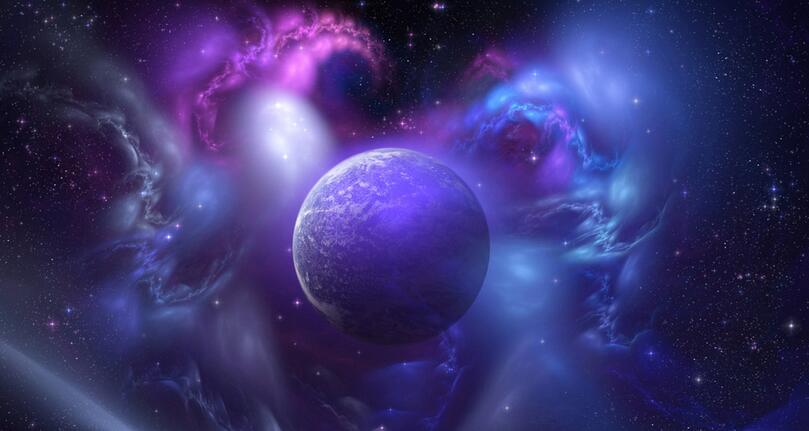索尔斯坦森说,有理由相信,这种事情在星系的我们这个角落里不会发生,这是因为,首先,形成一颗超新星要有一种特别的恒星。
A candidate star must be ten to twenty times as massive as our own Sun and "we don't haveanything of the requisite size that's that close. The universe is a mercifully big place." Thenearest likely candidate he added, is Betelgeuse, whose various sputterings have for yearssuggested that something interestingly unstable is going on there. But Betelgeuse is fiftythousand light-years away.
恒星非得要有我们的太阳10-20倍那么大小才有资格,而"我们附近没有任何符合这个条件的星球"。非常运气,宇宙是个大地方。他接着说,离我们最近的、很可能有资格的,是猎户座;多年来,它一直在喷出各种东西,表明那里不大稳定,引起了大家的注意。但是,猎户座离我们有5万光年之远。

Only half a dozen times in recorded history have supernovae been close enough to be visible tothe naked eye. One was a blast in 1054 that created the Crab Nebula. Another, in 1604, made astar bright enough to be seen during the day for over three weeks. The most recent was in1987, when a supernova flared in a zone of the cosmos known as the Large Magellanic Cloud,but that was only barely visible and only in the southern hemisphere—and it was acomfortably safe 169,000 light-years away.
在有记载的历史上,只有五六次超新星是近到肉眼看得见的。一次是1054年的爆炸,形成了蟹状星云。另一次是在1604年,创造了一颗亮得在3个多星期里连在白天都看得见的恒星。最近一次是在1987年,有一颗超新星在宇宙一个名叫大麦哲伦云的区域闪了一下,然而仅仅勉强看得见,而且仅仅在南半球看得见--它在16.9万光年以外,对我们毫无危险。







